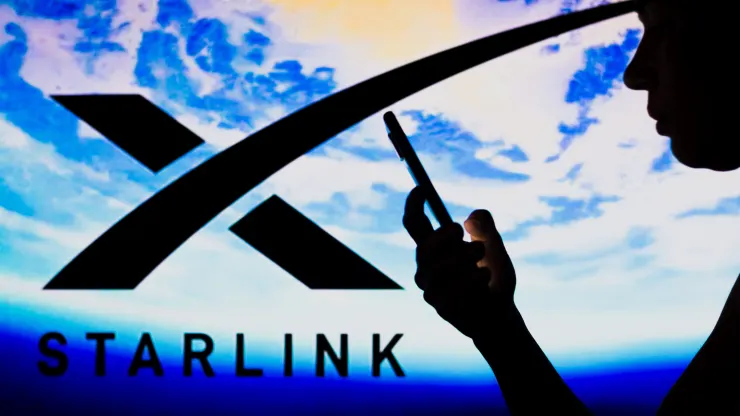In another test, SpaceX showed that when connecting a regular smartphone on Earth directly to the Starlink satellite, file download speeds reached 17 Mbit/s. With the introduction of the service into commercial operation, this indicator may decrease, and stable reception is possible only under certain conditions.
Last weekend, the president of SpaceX, Elon Musk (Elon Musk) published A speed test on the X social network demonstrating the ability to connect an unmodified Samsung Android phone directly to the Starlink satellite. As part of the test, 60.3 MB of data was downloaded to the device, and the speed increased from 15.6 to 17.2 Mbit/s. As tests have shown, the satellite provides 4G LTE level communication with far from record speeds and 15% packet loss.
Musk stated that a download speed of 17 Mbit/s is only possible in regions where terrestrial mobile coverage is poor and radio interference is less. Astronomer Jonathan McDowell (Jonathan McDowell) added that the Starlink satellites that support mobile phone connections are still in a 360 km orbit, which is about 200 km below the operating altitude. This means actual speeds will be lower when the devices become commercially available.
However, even these indicators are enough to show Starlink’s advantage over other providers that provide direct communication between satellites and phones. Apple’s emergency communications service for the iPhone is limited to text messages only. All you need to connect to Starlink instruments is a good view of the sky.
SpaceX has previously demonstrated texting while connecting via satellite and sending tweets from an unmodified smartphone. The company has launched six satellites for phones so far, but plans to increase this number to 840 in the coming months. The services will be available to subscribers of the T-Mobile operator. Rival duo AT&T and AST SpaceMobile showed 14 Mbps in similar tests.













